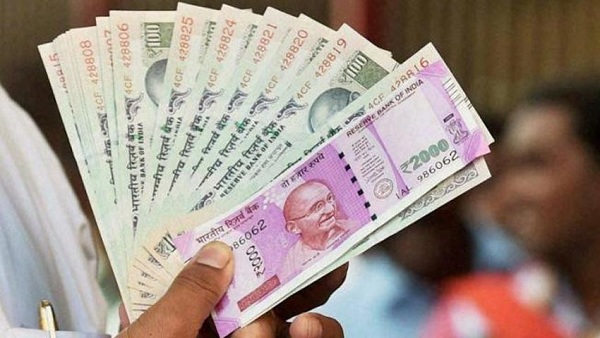Central Government Covid Relief Measures
Family Pension under Employees State Insurance Corporation (ESIC)
To assist families in living a dignified life and maintaining a fair standard of living, the ESIC pension system for employment-related death cases has been extended to include people who have died as a result of Covid. Dependent family members of such people will be entitled to a pension equal to 90 percent of the worker’s average daily pay, as per current regulations. This benefit will be accessible retroactively beginning March 24, 2020, and for all such circumstances through March 24, 2022.
Employees’ Deposit Linked Insurance Scheme (EDLI)
The EDLI scheme’s insurance benefits have been improved and liberalised. This will benefit all beneficiaries, but it will be especially beneficial to the families of employees who have died as a result of COVID.
The maximum insurance benefit has been raised from 6 lakh to 7 lakh rupees.
Delhi Covid Relief Measures
According to recent sources, the Delhi government will pay ex gratia payments to persons who are qualified for state-sponsored programmes, including Rs 50,000 to the dependents of those who died as a result of COVID-19. A committee has been formed to give up to Rs 5 lakh in compensation in the event of death owing to a shortage of oxygen. Aside from that, the Delhi government will cover the costs of schooling for children whose parents died as a result of the coronavirus.
All orphaned children who have lost both parents to COVID, or who have lost a single parent to COVID, will be paid Rs 2,500 every month until they reach the age of 25, as well as free schooling. Along with the ex-gratia payout, a monthly annuity of Rs 2,500 would be instituted in families where the earning member has died. If the husband dies, the woman will receive the pension. If the wife dies, the pension is given to the husband, and if the individual is unmarried, the annuity is given to the parents.
Madhya Pradesh Covid Relief Measures
Madhya Pradesh Chief Minister Shivraj Singh Chouhan stated that the state would pay a monthly stipend of Rs 5,000 and free education to children whose parents died of COVID. Students in classes 1 to 8 would receive a stipend of Rs 500 per month, while students in classes 9 to 12 would receive a stipend of Rs 1,000 per month. This stipend will be available to students in both public and private schools.
The state government has also decided that if any working, regular, permanent workers, daily wage earners, ad hoc, contractual, outsourced, other government servants/employees of the state die suddenly as a result of Covid 19, their families will be eligible for an ex-gratia amount of Rs 5 lakh as immediate financial assistance, according to Chouhan.
Tamil Nadu Covid Relief Measures
Tamil Nadu joined the list of states that have offered assistance to children who have lost their parents as a result of the deadly second wave of Covid-19. The state government declared that children who have lost both parents will receive financial support in the form of a fixed deposit of Rs 5 lakh, which the child would be able to withdraw in full with interest when he or she reaches the age of 18.
The government will cover these orphaned children’s educational costs until they graduate, and they will be given first preference for placement in government-run children’s homes.
Karnataka Covid Relief Measures
The Karnataka government offered a Rs 1,111.81 crore relief fund for people affected by the COVID-91-induced closure. This is intended to help persons who work in the unorganized sector, such as washermen, rag pickers, and daily wage laborers. It also offered a free ration of up to five kilograms of food grains and a reduced tariff of Rs 15 per kilogram for food grains over ten kilograms. People who have lost both parents will be eligible for monthly monetary support of Rs 3,500 under the plan.



















